5 Types of Shrimp Pond Aerators and Their Functions
The existence of a water wheel and other supporting equipment for shrimp growth in aquaculture is intended so that ponds can become a comfortable ecosystem for shrimp growth. So that shrimp can grow optimally.
Shrimp pond aerator functions to create aeration. Aeration is a process of increasing the oxygen content in the aquatic environment to ensure that the organisms that live in it get an adequate supply of oxygen and live healthily.
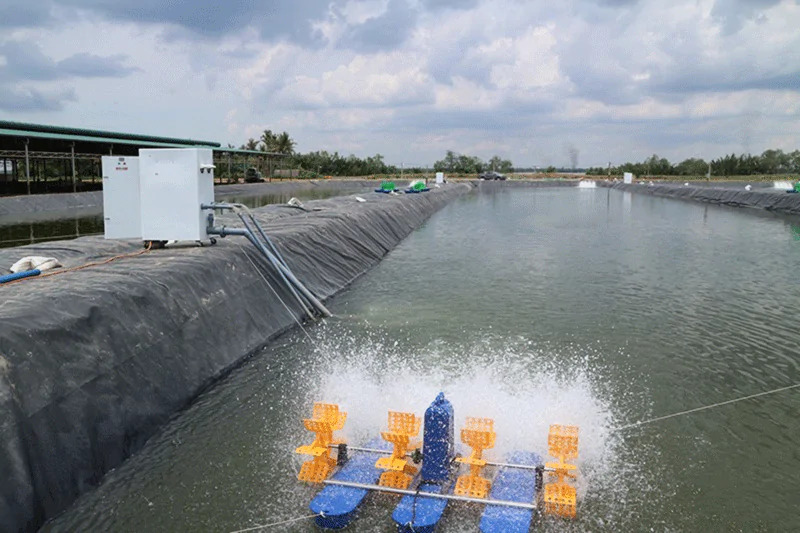
The Function of the Shrimp Pond Aerator
- Increasing the supply of oxygen in the water stabilizes the biological processes of shrimp.
- Ensuring the shrimp get an adequate supply of dissolved oxygen
- Improve the quality of the water where shrimp live.
- Helps distribute nutrients and feed evenly into the pond.
- Make it easier for pond bottom manure to be directed to the disposal center so that the pond bottom is easier to clean.
Types of Pond Aerators
1. Pond Waterwheel with Paddle Wheel
In terms of performance, the paddle-wheel water wheel is the most effective aerator on the pond surface. The parts consist of a frame, motor, float, clutch, deceleration engine, bearings, and paddle wheel.
This waterwheel works by splashing water into the air and capturing oxygen to increase the DO content. The more bubbles produced, the more oxygen is captured.
2. Spiral Aerators
A spiral aerator is an improvised form of a paddle-wheel water wheel, the difference being the shape of the wheels. As the name suggests, this aerator wheel is spiral. In addition, there are several other differences, such as reducing the gearbox or reducer, handle, and connecting shaft.
Meanwhile, in terms of how it works, spiral aerators also sprinkle water into the air to capture oxygen. However, it gets many more bubbles than a regular paddle wheel waterwheel.
3. Pump Sprayer Aerator
A pump aerator is a type of aerator that works by drawing water into a vertical tube and then sprinkling it into the air to capture oxygen. The water will be deflected radially and then fall back to the surface in an umbrella-like pattern.
This type of aerator is widely chosen because it does not require much special care. However, its use can only reach a small area, while it needs to be optimal in large sizes.
In-use pump aerators are usually used in small ponds or can also be used in large ponds but in combination with other types of aerators.
4. Vertical Pump Aerator
A vertical pump aerator has the same working principle as a pump aerator, which is to draw water into the pump tube and then sprinkle it into the air.
Vertical pump aerators are more suitable for small ponds up to 0.25 Ha because the splash produced by this aerator is not as big as a waterwheel. Meanwhile, the capacity ranges from 1 kW to more than 50 kW.
5. Jet Aerators
The jet aerator consists of a shrimp pond water wheel composed of a frame, air suction pipe, propeller, and driving motor. Unlike other types of aerators, the propellers of this aerator are in the water.
The way it works starts with a propeller rotating in the water and sucking in air from outside the pool through a pipe. After the air is sucked in and enters the water, bubbles will appear, indicating that the oxygen supply is starting to enter.
Cre: delosaqua.com
Contact AQUA MINA for consultation and supply of aquaculture round tanks and aquaculture equipment for high-tech shrimp farming.
- Address: 685 National Highway 1A, Binh Hung Hoa Ward, Binh Tan District, Ho Chi Minh City
- Phone: 1800 6071 (Toll-free hotline)
- Email: sales@aquamina.com.vn or oversea@aquamina.com.vn
Aqua Mina's distributor in Japan:
REX INDUSTRIES CO., LTD
- Address: 1-9-3 Hishiya-Higashi, Higashi-Osaka 578-0948 JAPAN
- Email: kimakubo@rexind.co.jp
- Phone: +81-(0)72-961-9893
- Website: http://www.rexind.co.jp/e/
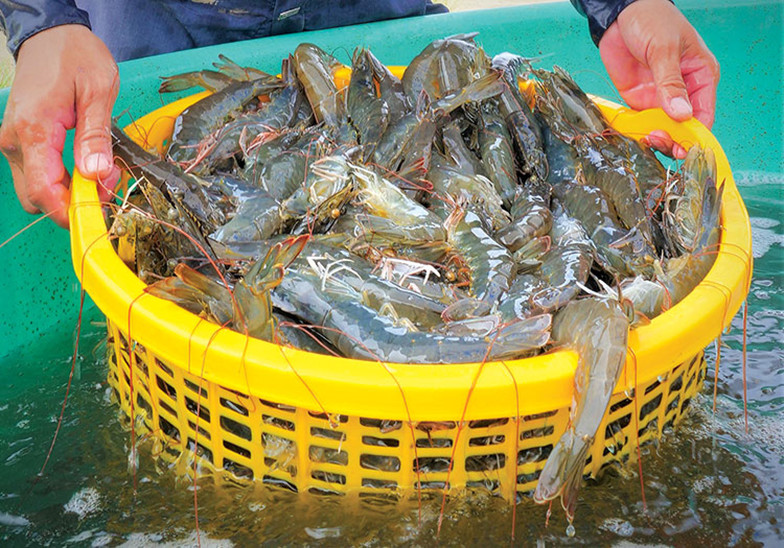
WE WORK FOR YOUR SUCCESS!
Ngày đăng : 22/02/2025
2492 View
Other Articles
Portuguese food group acquires 18% stake in cod farming company Norcod
Indonesia implements radioactive-free shrimp certification for exports to the United States
India is world’s second-largest shrimp producer. That is now under threat
Ca Mau’s shrimp industry moves towards “green” growth
Floods devastate aquaculture, processing operations in Vietnam
Ecuador Leads Global Shrimp Exports, Surpassing USD 7 Billion in 2025
India's marine product exports rise 16% as new markets offset US dip
Skretting presents the first shrimp feed with insect meal in Vietnam
Sharing: EU increases shrimp imports in the first 9 months of the year
Gideon De Oro opens high tech Cebu shrimp plant, to revive exports
White-leg shrimp facing WSSV: When density and environment fluctuate together








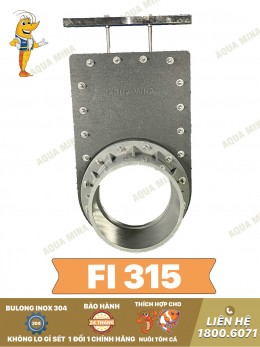
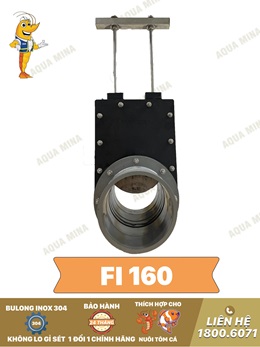
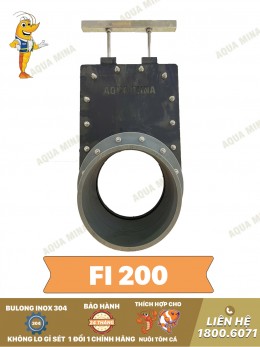
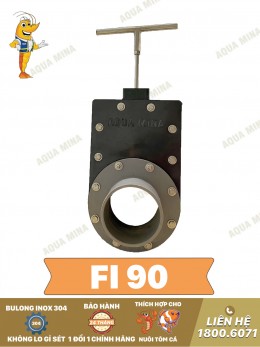
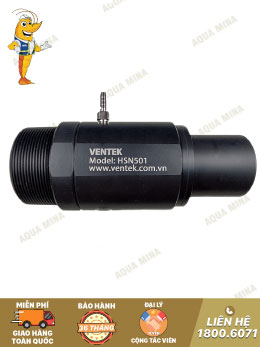
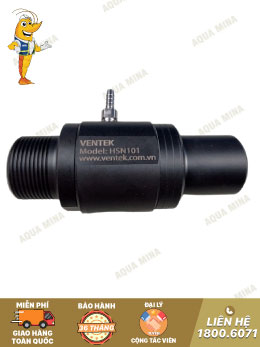

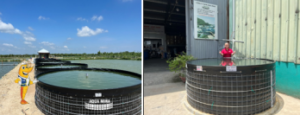
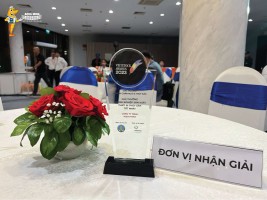
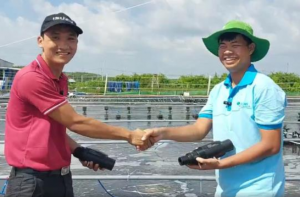
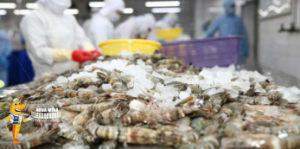
.jpg)